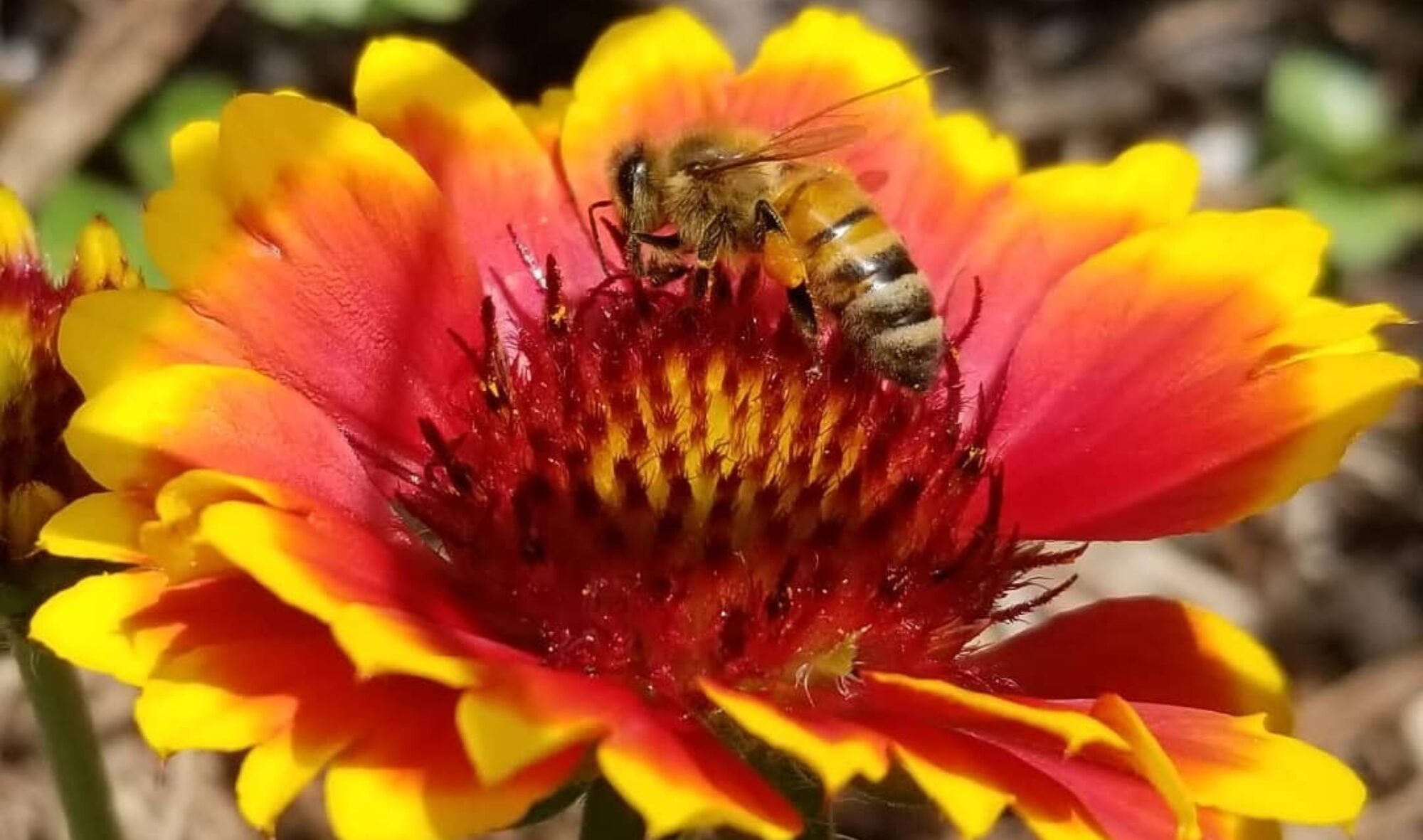I have had numerous requests for information concerning the homemade Bee Vac I made. I created this page to show how I did it. Hopefully, you will find this useful and answer any questions that you may have.
I started with a Bee Vac that used a Wet/Dry Vac and old deep boxes. I saw that on YouTube and built it. It works great but I wanted something more portable and came up with this one. I built an additional canister just in case there are more bees than I anticipated.
Hose Attachments
To control the suction of the Vacuum, you need some type of control so you are not sucking the bees through and having them slam against the the opposite wall of the canister.
I use a 3/4″ ball valve, a 3/4″ male adapter and a piece of the vacuum hose that came with the Buckethead. These all slip together and then inserted into the Buckethead vacuum end.
The hose I use is a Wet/Dry Vac hose with an inside diameter of 1 1/2″. It needs a 4 1/2″ tube with outside diameter of 1 1/2″. Again, I used a part of the vacuum hose that came with the Buckethead. This is put on the end that goes into the bucket.

Building the Bucket
The first items to get are the Buckethead and 5 gallon Homer Bucket from Home Depot. For height you will also need a 7 gallon bucket. If using a 5 gallon bucket instead of a seven, you will need to shorten the length of the canister. The BucketHead fits the Homer Bucket perfectly. However, it does not fit very well on all other buckets. I also wanted space for the filter bag to keep bees out in case they escape from the canister. And believe me, they will.

You will want to cut the bottom half of the Homer bucket off. Using a marker, I measured 6 1/4″ from the top all around the bucket and used a utility knife to cut the bottom off. I then brushed glue all around the the bottom of the Homer Bucket to help create a good seal for the vacuum. The Homer Bucket was then placed inside the 7 gallon bucket 1-1/2″ leaving 4-1/2″ of the Homer Bucket exposed aligning the handles of both buckets. To ensure the buckets are secured together, I drilled eight small holes evenly around the buckets just below the rim of the 7 gallon bucket. Using small bolts and nuts I secured the buckets together. Rivets would probably be a better idea. You just don’t want the nut ends catching on the canister when you slide it in or remove it.
At this point, the handle from the 7 gallon bucket can be removed. You will only need the Homer Bucket handle from this point forward.
The next hole is 2-1/4″ and centered between the handles with the center of the hole 9-1/2″ from the bottom of the bucket.
You will need to purchase a 1-3/4″ male and female PVC adapter. Each flange will need to be cut off to allow for canister and vacuum hose fit. The female adapter will go on the inside of the bucket and male on the outside.
Note the cut off flanges in the picture with the bucket.

The last thing I built was a plug. Once the vacuum hose is removed, there may be bees inside the bucket. The plug prevents them from escaping.
Building the Canister
You will need two toggle latch clamps, three 9″ diameter wood circles, two 14″ x 12″ #8 hardware cloth, two 3/4″ x 3″ x 12-1/2″ boards for support, 4-1/4″ x 1/2″ x 14″ rails and a 3″ x 6″ flexible padding for the hole.
- Using one of the 9″ circles, cut a hole 3/4″ from the outside diameter. This will be used for the top of the canister. Add the two supports opposite of one another. I pre-drilled holes and used screws.
- Once the supports are in place, drill a 1-3/4″ hole with the center 9-7/8″ from the bottom of the canister. You may need to check to see that the holes will line up with the canister inside the bucket.
- add the hardware cloth on each open side of the canister. The hardware cloth should be #8 (1/8″). The #4 (1/4″) hardware cloth is a little to large. It s also not advised to use window screening due to the material being too flimsy. I used 3/8″ staples to secure them in place.
- Add the four rails (two on each side) of the supports.
- Finally, add the 3″ x 6″ padding over the hole from the inside. This opens when the hose is inserted and closes when the hose is removed.
Now you can add the toggle latch clamps on each side and a handle on the top.
Once it’s all together, it should look like this.

Results from using this Bee Vac
If you have any questions, use the Contact Us page or call (407) 459-4497.














